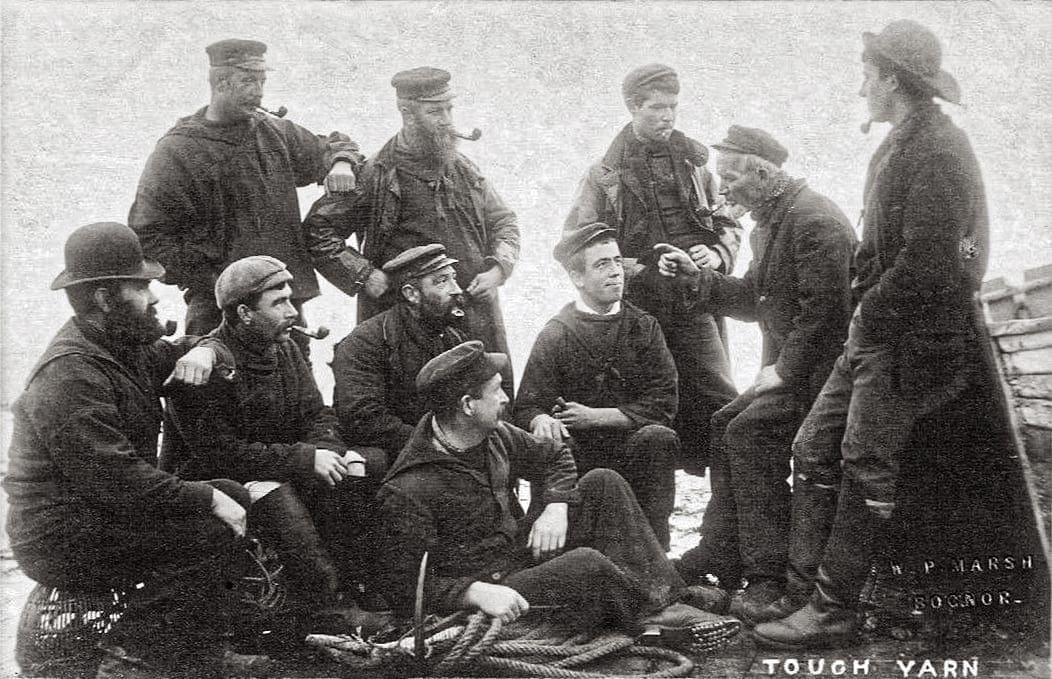Moving from Search to Find: Anticipate the Next Big Problem
I've talked with a couple of IT leads that are thinking about putting in an enterprise search capability. It always seems to come down to two basic options; search integrated with a collaboration / portal platform, or a dedicated appliance, pointed at the G: Drive. You know the G: Drive - every corporation has one (ok, sometimes it's the F: drive, or the Common folder). I'm pretty sure the name is a throwback to the late 80's, when DOS was…


